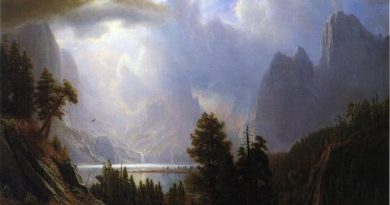WHO GAVE COLORS THEIR NAMES?
In the mid-19th century, King Ludwig I of Bavaria longed to have something like the fine lime frescoes he saw in Italy. But the damp cold climate north of the
Read More
In the mid-19th century, King Ludwig I of Bavaria longed to have something like the fine lime frescoes he saw in Italy. But the damp cold climate north of the
Read More
“The tendency to put in more and more white is so usual that it would be well to restrict the white. Keep it off the palette. Allow only so much
Read More
Artists sometimes are fascinated by the search for a “Secret” that makes old master paintings last so long and look so great. One eighteenth century painter, Sir Joshua Reynolds, suggested
Read More
According to legend, Giotto was the ugliest artist in town, but he was also the greatest illusionist. As a boy, Giotto was able to work under Cimabue, the highly renowned
Read More
The Greeks observed that the common cuttlefish emitted a brownish-black pigment when attacked. They discovered that pigment could be made by drying and pulverizing the dried fish’s ink sack. Cuttlefish,
Read More
Painting knives are certainly great tools for contemporary artists using impasto techniques. Some form of the painting knife has been in use for centuries. In painting frescos, artists used iron,
Read More
The yellows in one of Van Gogh’s paintings, “Flowers in a Blue Vase”, have been turning orange-grey. This is not what a museum curator or collector wants! So laboratories in
Read More
In the 1930s, over 15,000 artists were commissioned by the federal government to create art for public places, including libraries, post offices, and government offices. The artists were part of
Read More
During the 1800s, Plein Air painters were scattered throughout the country, from far west to the North Pole. Landscape painting had become the dominant genre in America, and Plein Air
Read More
Not all art materials come from large manufacturers. The Coate family in Somerset, England makes willow baskets and artist willow charcoal on their own land. They have been growing ‘withies’
Read More